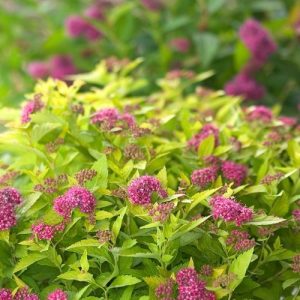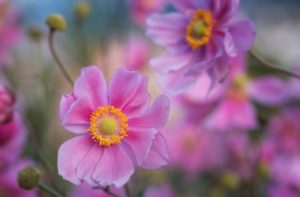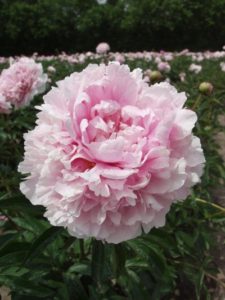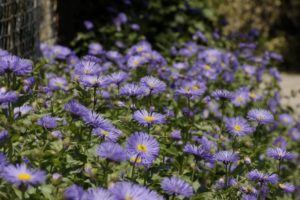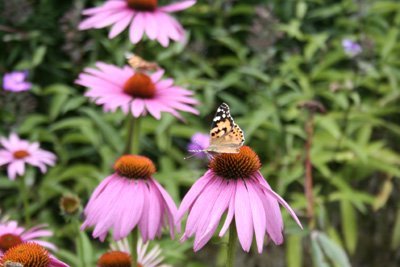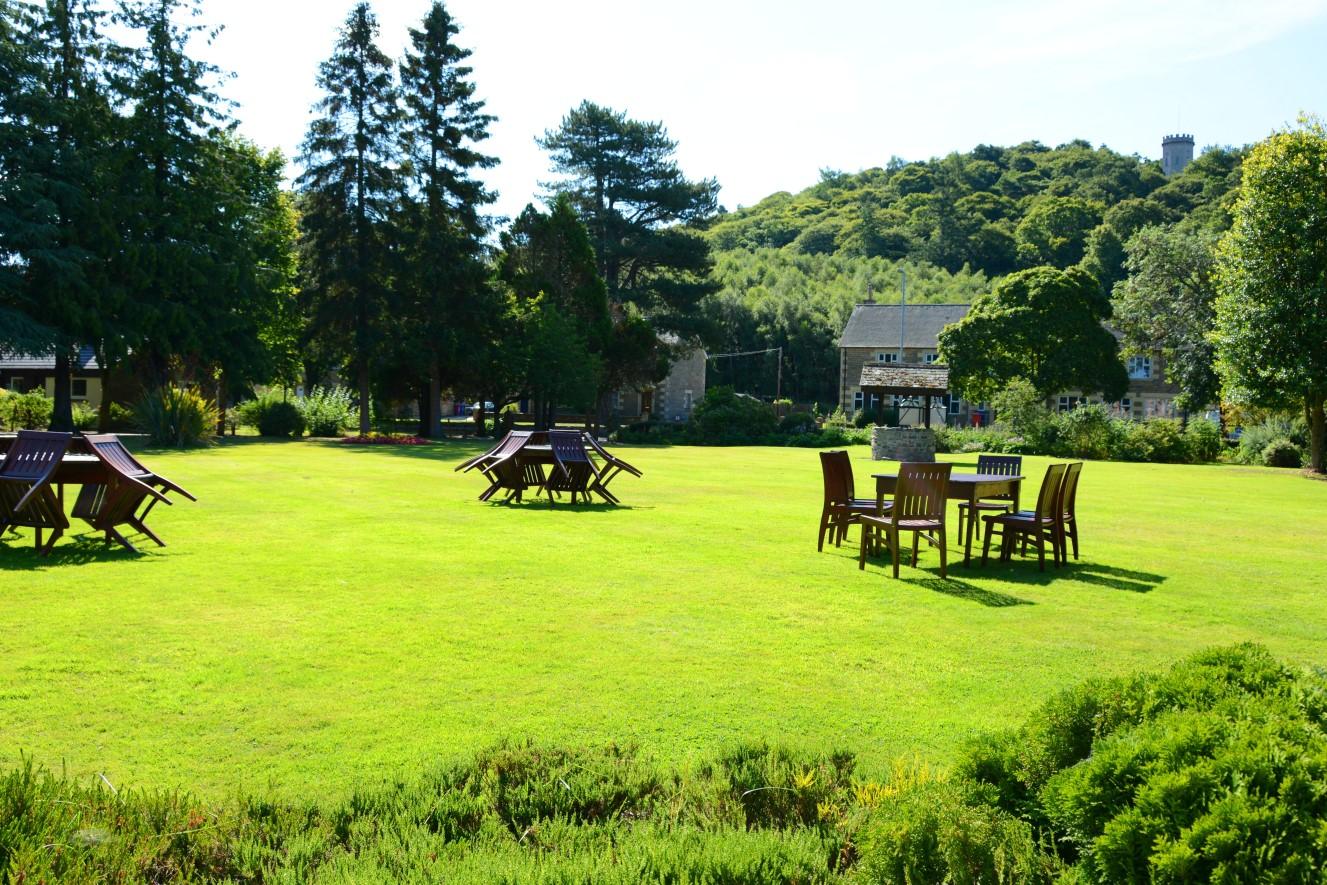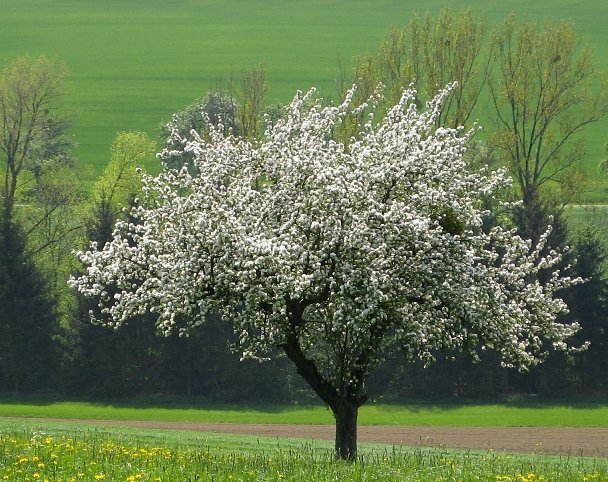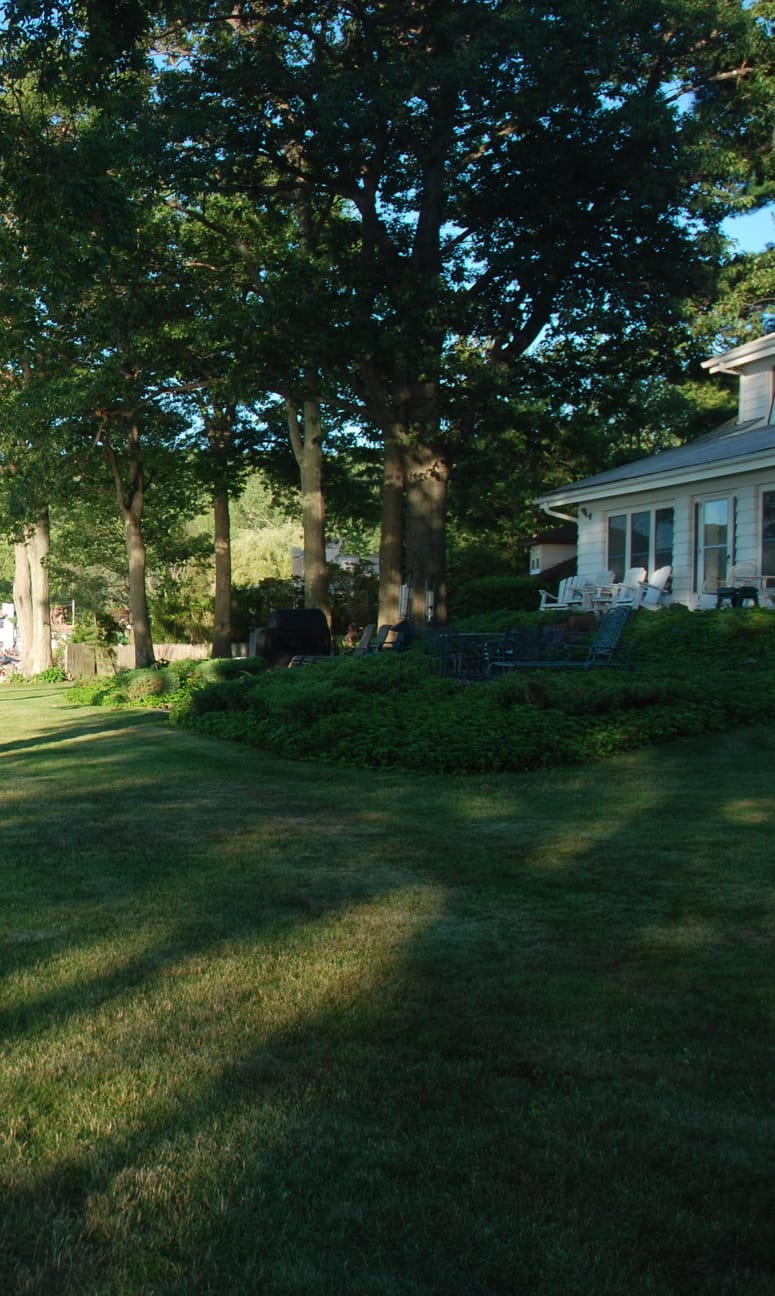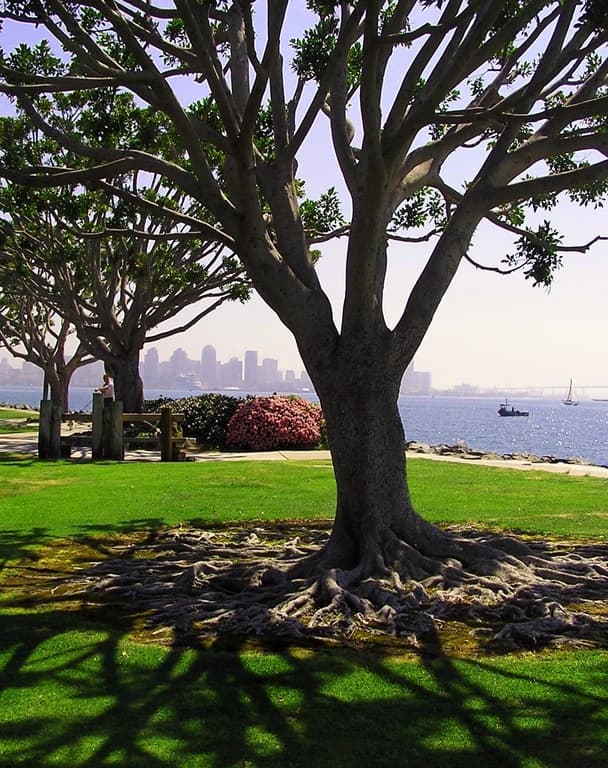May Garden Tips for Wisconsin Gardeners
May and Early Spring Garden & Yard Tips
This is the perfect time to identify the plants that didn’t make it through the winter, you’ll know the ones! Remove what may remain, discard, and come for a visit to our garden center. We will do our best to get you back on track and give you the color you want.
Perennials:
Now is the time to cut down all the old or dead growth. Try not to damage the new growth that is already coming up. In some cases, new shoots are further up the stem so you want to cut the stem down to right above the new buds. For grasses, give them a buzz cut down to 3-4” above the ground then rub the center with your hand to break off dead stems.
Shrubs:
This is a great time to see the structure of the shrubs. Anything that is dead, rubbing, or crossing should be taken out. Make your pruning cuts as far down the stem as possible. For Spirea, cut the entire shrub down to 4” above ground. Break off any of the dead wood than is inside. Flowering shrubs such as Lilac should not be pruned until after they flower.
Trees:
If you have small trees, check the branching habit. If there is something growing at a 90 degree angle, prune it out. Always look for dead, rubbing and crossing branches. If any are present, prune them off. Look for any damage to the trunk. Critters sometimes like to strip or chew the bark off.
If you have any questions, concerns, or “just don’t know”, we are here to help! Stop in and we will do our very best to give you answers! Also, be sure to check back for our Monthly Tips, Weekly Spotlight Plant, and soon to be available “How To” videos to help you LOVE YOUR LANDSCAPE!!!!
Visit the Heritage Hill Nursery and garden center now! We are conveniently located, close to Cedarburg, Jackson, West Bend, Slinger, WI.

